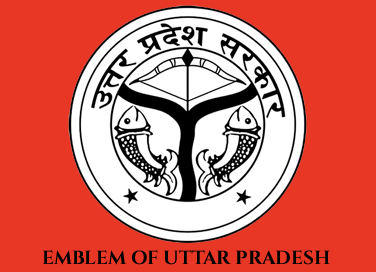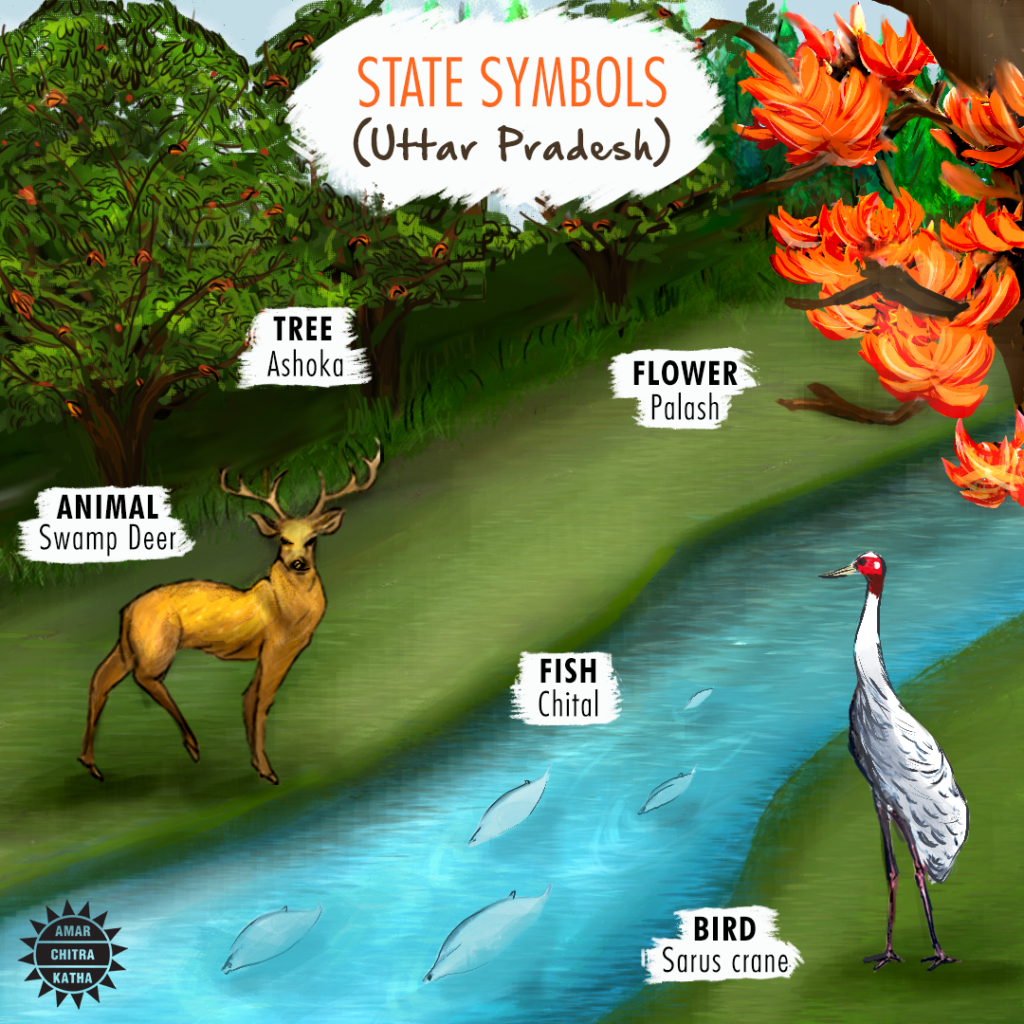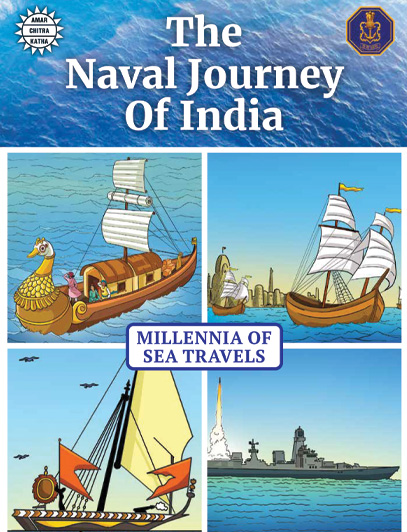The Story of Uttar Pradesh
- June 18, 2021


The Story of Uttar Pradesh
- June 18, 2021
By Srinidhi Murthy
Uttar Pradesh is home to one of the most mesmerizing human creations and a UNESCO World Heritage Site, Taj Mahal. That is a fact known to many but this wonderful state has a fascinating history. Let’s dive into the pages of the past. Uttar Pradesh comprises the districts of Allahabad, Moradabad, Ghaziabad, Azamgarh, Lucknow, Kanpur and Bareilly in the northern plains of the country. This state, along with Uttarakhand, formed the United Provinces of India under British rule. This entire area was renamed Uttar Pradesh (UP) in 1950. The regions of Kumaon and Garhwal formed the new state of Uttarakhand in 2000 and were no longer a part of Uttar Pradesh.
To receive more such stories in your Inbox & WhatsApp, Please share your Email and Mobile number.
The Kosala Kingdom was located within the boundaries of present Uttar Pradesh. According to the Hindu epic Ramayana, Rama was born in and reigned over Ayodhya, the capital of Kosala. Krishna, the eighth incarnation of Lord Vishnu, is said to have been born in Mathura, also a part of Uttar Pradesh.
It is said that there were sixteen Mahajanapadas or republics of the people in North India in ancient times (around 6th BCE). Seven of those were present within the boundaries of present-day Uttar Pradesh.
From the 5th century BCE, Uttar Pradesh was under the rule of great dynasties such as Maurya and Gupta. Some of the great kings who ruled this region were Chandragupta, Ashoka, Samudra Gupta, and Chandra Gupta II. Another popular ruler, Harsha also known as Harshavardhana, was also based within the present borders of the state. He was a member of the Vardhana dynasty. Harsha was able to reign over Uttar Pradesh along with parts of Bihar, Punjab, Rajasthan, and Madhya Pradesh, from his capital at present-day Kannauj.
In 1540 Sher Shah Suri took over Uttar Pradesh after defeating Humayun, the Mughal king. Later, Islam Shah, son of Sher Shah Suri ruled Uttar Pradesh from Gwalior, which was their capital. After the demise of Islam Shah Suri, his prime minister Hemu became ruler of Uttar Pradesh. When Hemu died in the second battle of Panipat, Uttar Pradesh came under the rule of Emperor Akbar. Akbar ruled from Agra and also from Fatehpur Sikri, his newly established city. Jahangir’s son Shah Jahan built the famous Monument Taj Mahal for his queen Mumtaz Mahal in Agra.
After the fall of the Mughal Empire in the 18th century, the Maratha rulers seized the region of Uttar Pradesh. Following the second Anglo-Maratha war in 1803, when the East India Company defeated the Maratha Empire, most of the region came under British rule.

Indians were dissatisfied with the rule of the East India Company. Revolts erupted in various parts of India. Mangal Pandey, Sepoy of Bengal Regiment stationed at Meerut cantonment in UP, is widely credited for the start of the First War of Independence in 1857. Inspired by this uprising of the soldiers at Meerut on 10th May 1857, the revolution spread all over the nation within months. In 1858, the revolt was completely crushed and India’s administration rights were transferred from the East India Company to the British crown.
Uttar Pradesh continued to be vital to Indian politics and the Indian independence movement. After the First War of Independence in 1857, the British reorganized the administrative boundaries of the region in an attempt to divide the most rebellious regions of the country. The new state was named North-Western Provinces of Agra and Oudh, which were later renamed the United Provinces of Agra and Oudh in 1902. It was popularly known as the United Provinces. The All India Kisan Sabha was formed at the Lucknow session of the Congress in 1936. Freedom fighters such as Chandra Sekhar Azad, Rani Lakshmibai, Mangal Panday and Begum Hazarat Mahal are also from Uttar Pradesh.
After the independence of India, the United Provinces were renamed Uttar Pradesh in 1950. The state has given the country seven prime ministers and also occupies the largest number of seats in the Lok Sabha.
To receive more such stories in your Inbox & WhatsApp, Please share your Email and Mobile number.

Comic of The Month
The Naval Journey of India Book I
This book is the first of a three-book series that takes a deep and detailed look at India's Naval History and a deep insight into the lives of our men and women in white. But any series on the Indian Navy has to start at the very beginning - exploring India's celebrated maritime history. Join our little hero, Bharat, and his grandfather, Commodore Sagar, as they sail into the deep blue waters of time. Book I of The Naval Journey of India takes a sweeping look at India's maritime endeavours, how the seas impacted us over millennia and how the oceans made us who we are.